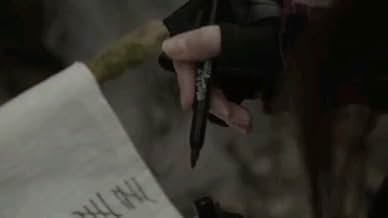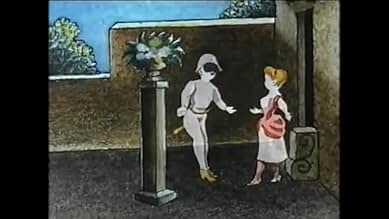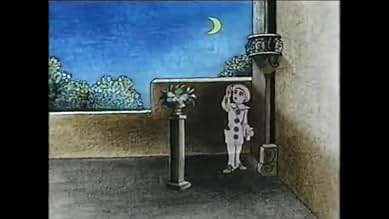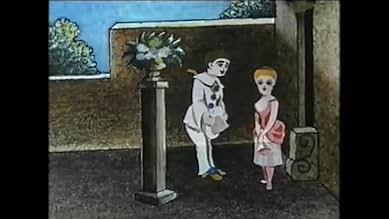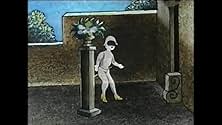J. Stuart Blackton's 'Humorous Phases of Funny Faces (1906)' is generally held as the first animated film. Indeed, it was the first animated film made on motion-picture film, but such history is nevertheless unfair to Émile Reynaud, who, fourteen years earlier, was projecting moving animated images to delighted audiences. 'Pauvre Pierrot (1892)' is one of the director's few surviving works (most were, in a fit of frustration, discarded into the Seine by the director himself), and such a colourful and charming curio remains a delight to behold.
Reynaud animated each frame himself – 500 in total (36 metres long) – and extended the film to 12-15 minutes by personally manipulating the picture-bands during the projection. The story told is a simple one: Pierrot and Arlequin compete for the romantic attention of Colombine, a beautiful maiden. One potential suitor attempts to charm the good lady with a lute performance, but his competitor goes one better with a baton or sword of some sort.
Reynaud's moving picture show, billed as "Théâtre Optique" or "Pantomimes Lumineuses," included a triple-bill of three films: 'Pauvre Pierrot,' 'Un bon bock (1892),' and 'Le Clown et ses chiens (1892).' One contemporary newspaper reported that Reynaud "creates characters with expressions and movements so perfect that they give the complete illusion of life." The show was initially a great success, but, in 1918, Reynaud died a poor man. His delicate work, prone to rapid degradation, could not compete with the Lumière brothers' cinematograph, which depicted real-life, and not merely an animated approximation.

